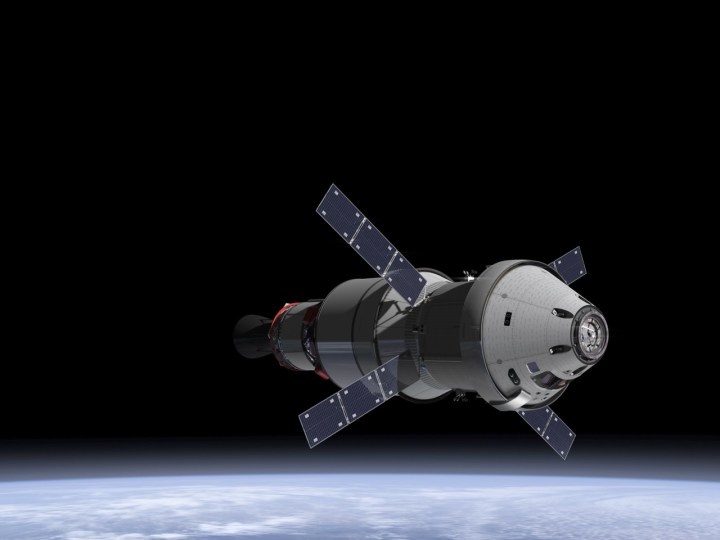
Originally scheduled for 2021, the test flight was rescheduled after a performance review identified several potential hardware and software problems that could interfere with the agency’s ability to meet its original goal. In its report, NASA pointed to the reliance on re-used parts for its testing program as one possible cause for a delay. The current timeline does not allow additional time to replaces sensitive parts, which may fail under reuse. There also are other unknowns that may crop up during the development process. By allotting an extra two years, NASA will have ample time to respond if these unexpected issues occur during the development and testing phase.
The Orion capsule would be the first manned spacecraft to fly beyond the moon into deep space. It is designed to carry a crew of four astronauts and will be used to both explore deep space and bring supplies to the International Space Station. NASA has several missions planned for spacecraft with one successful flight completed last year. During Exploration Flight Test 1, NASA launched Orion to its highest apogee and recovered it four hours later in the ocean.
Before its first manned flight, NASA is planning a 2018 Exploration Mission 2 (EM-2) during which an unmanned Orion capsule will fly around the moon. NASA researchers hope to use the information gleaned from these initial missions as it prepares for its first manned flight in 2023. These test flights are these stepping stones to the highly anticipated manned mission to Mars in the early 2030s.



